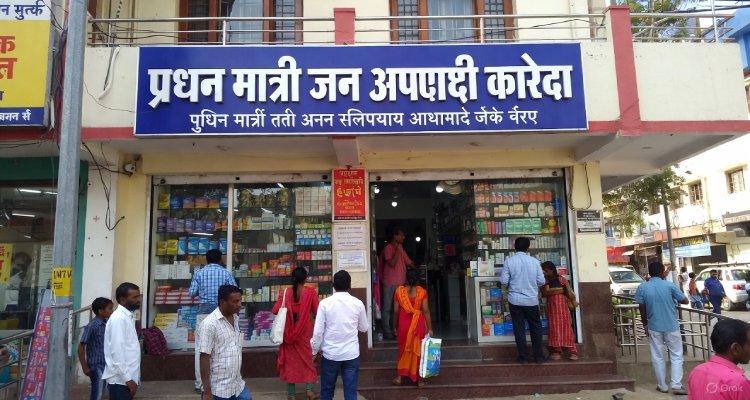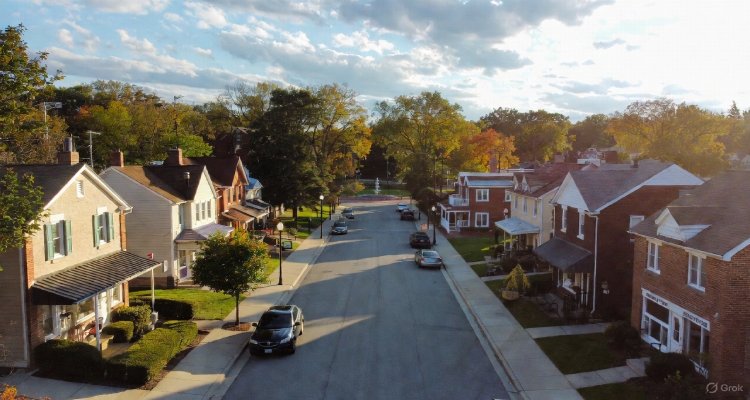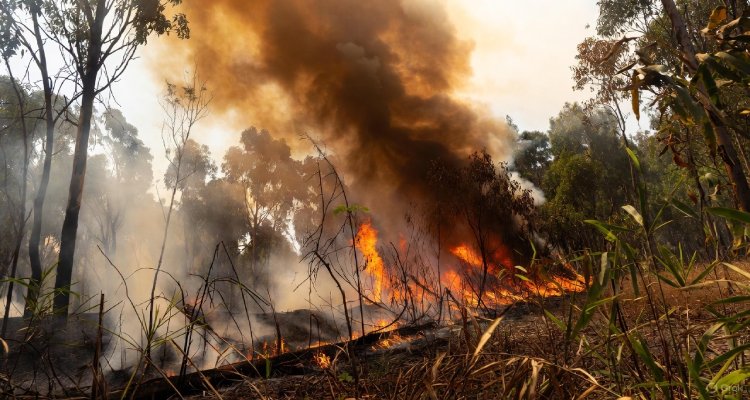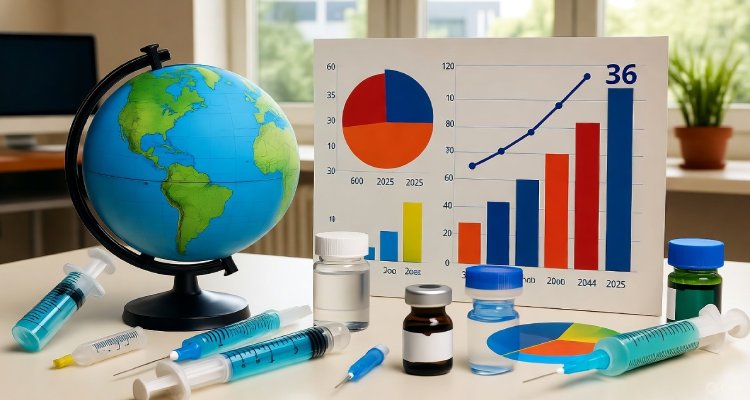Polio Cases Drop to 36 in 2025, Yet Eradication Challenges Persist, WHO Reports
Only 36 polio cases reported globally in 2025, highlighting huge progress by WHO and partners while challenges remain in Afghanistan and Pakistan’s eradication efforts.
Introduction: A Remarkable Milestone in Polio Eradication
Once a devastating disease that paralyzed hundreds of thousands of children annually, polio is now on the brink of global eradication. According to the World Health Organization (WHO), only 36 polio cases have been reported worldwide so far in 2025—an astounding decrease from the roughly 350,000 cases recorded annually three decades ago. This major public health achievement underscores decades of international collaboration, vaccination campaigns, and persistent efforts toward wiping out polio completely.
Context & Background: The Global Fight Against Polio
Poliomyelitis, or polio, is a highly infectious viral disease primarily affecting children under five. Transmitted through the fecal-oral route or contaminated water and food, the virus multiplies in the intestines and can invade the spinal cord, leading to paralysis and sometimes death. The disease peaked in the 20th century as a widespread cause of lifelong disability.
Real progress began in 1988 when the World Health Assembly passed a resolution to eradicate polio globally. This led to the establishment of the Global Polio Eradication Initiative (GPEI), a public-private partnership spearheaded by the WHO along with UNICEF, CDC, Rotary International, and more. Since then, polio cases have plummeted by over 99%, thanks largely to widespread vaccination.
The wild poliovirus exists in three types: type 1, 2, and 3. Types 2 and 3 have been officially eradicated, with the last cases identified in 1999 and 2012 respectively. Currently, only wild poliovirus type 1 remains endemic in two countries—Afghanistan and Pakistan.
Main Developments: Persistent Challenges and Regional Struggles
Despite the dramatic global decline, polio remains entrenched in some regions. Afghanistan and Pakistan continue to report endemic transmission of wild poliovirus type 1. In particular, Afghanistan’s southern areas have been inaccessible to vaccination campaigns since a house-to-house immunization ban began in May 2018. This restriction has left over one million children unvaccinated, leading to 90% and 75% of Afghanistan’s type 1 polio cases in 2019 and 2020 originating from these inaccessible zones.
WHO’s Polio Eradication Strategy 2022–2026 emphasizes the urgent need to overcome these barriers and encourages nations that have eliminated polio to maintain vigilant disease surveillance and support vaccination efforts globally.
Expert Insight and Public Reaction
Dr. Maria Van Kerkhove, WHO Technical Lead for Polio Eradication, stated, “The reduction in polio cases represents unprecedented success, but the virus still hides in pockets where access issues and misinformation persist. Our global partners must continue adapting strategies to reach every child, no matter how hard it may be.”
Public health experts warn that failure to sustain immunization efforts and surveillance risks resurgence. The economic benefits of eradication are significant, with estimates suggesting savings of $40–50 billion, mostly benefiting low-income countries. Communities affected by polio express cautious optimism, celebrating progress while aware that the fight is not over.
Impact & Implications: The Road Ahead for Polio Eradication
The near elimination of polio brings immense hope but also critical responsibilities. Countries that have declared polio-free status like India—certified in 2014 after its last case in 2011—highlight that success is possible with political commitment, robust health infrastructure, and public cooperation. However, continued vigilance is essential to prevent new outbreaks.
Regions with endemic transmission face complex challenges such as conflict, vaccine hesitancy, and logistical barriers. The global health community must prioritize innovative strategies such as community engagement, negotiating access during conflicts, and addressing misinformation to close immunization gaps.
Achieving full eradication will not only spare future generations the disease’s debilitating effects but will also make permanent savings possible for health systems worldwide.
Conclusion: Celebrating Progress While Staying Committed
On World Polio Day, observed every October 24 to raise awareness and galvanize action, the remarkable achievement of reducing polio cases to just 36 in 2025 underscores the power of coordinated global health efforts. Yet, pockets of ongoing transmission remind us that the journey is incomplete. Continued funding, political will, and community participation will be decisive in crossing the finish line—completely eradicating polio for good.
Disclaimer:This article is based on information from the World Health Organization and other credible public health sources as of October 2025. It aims to inform about polio eradication status and ongoing challenges without providing medical advice.











